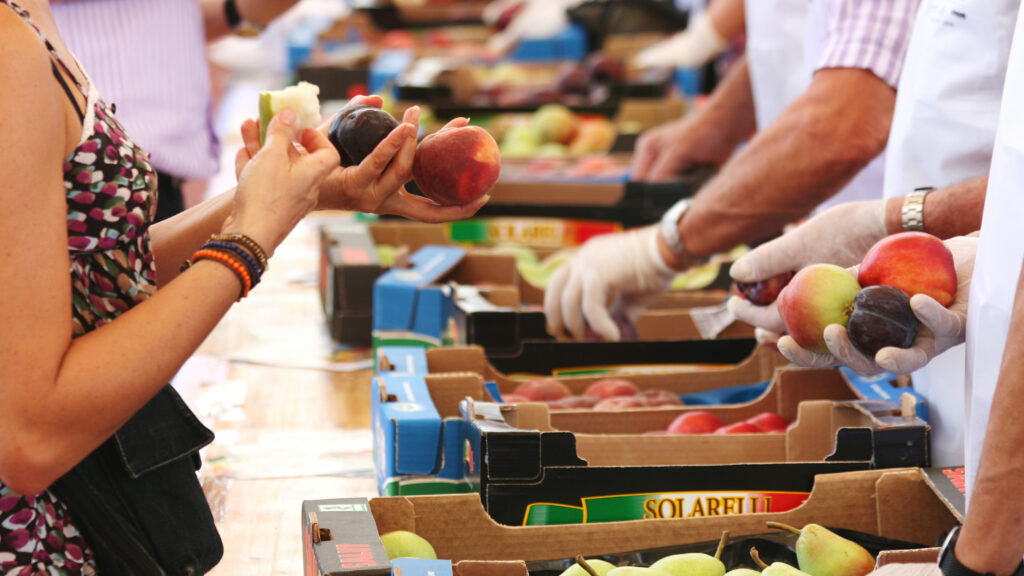Participant Recruitment Strategies
Food banks with diabetes programs have reported that using multiple recruitment strategies is important to reach new participants given that different approaches may reach different audiences. As noted in the Partnerships and Community Mobilization section, different partners can be an asset for participant recruitment. Some example recruitment sources other food banks have used include the following:
- Existing food bank participants/recipients (e.g., providing promotional materials to participants to share with family and friends)
- Community partners (e.g., healthcare organizations, clinics, hospitals)
- Local media (print, TV, radio)
- Food banks’ own or partners’ social media
- Sponsored/paid ads
- Local politicians/public figures
- Community health workers (CHWs) (to promote the program directly to community members or identify locally relevant recruitment approaches)
- Direct engagement at community events
“Our best promotion in the past had always been public service announcements that our local channels would do. But we have found it very effective to have paid ads…on the Internet. And so, when someone goes in to search, we pop up quickly. I’ve had several people that I’ve spoken to, that’s how they found us.”
— DSMES implementer
When looking to recruit new participants, you’ll want to consider the following:
- Understanding what will draw potential participants to the program (think about audience needs and barriers such as cost, transportation, and scheduling)
- Tailoring your messaging to different audiences (e.g., racial/ethnic groups, cultural subgroups, languages, geographic areas, ages, literacy levels)
- Determining the best channels to reach potential participants, such as traditional media (e.g., tv, radio, newspapers), community outreach (e.g., health fairs, farmers markets, community centers, local events), social media, email/newsletters, and/or word of mouth
- Screening potential participants for eligibility based on factors such as household income, food insecurity, or having diabetes (e.g., having hemoglobin A1c above a defined threshold, taking diabetes medication, or having a doctor’s note)
- Providing, if possible, flexible scheduling options that accommodate the needs of different participants

When planning out your recruitment efforts, the following materials may be helpful to have for both referring partners and potential participants:
- Elevator speech: a short summary of the program, highlighting its benefits such as low or no cost and/or meals or other resources provided
- Social media content: concise messaging to use for a variety of platforms like Facebook, Instagram, and X/Twitter
- Recruitment flyers, brochures, or posters: materials to provide directly to potential participants or for partners to use for outreach and referrals
- Email template and referral form: an email template to reach out to providers and a referral form for them to use with patients who may qualify for your diabetes program

